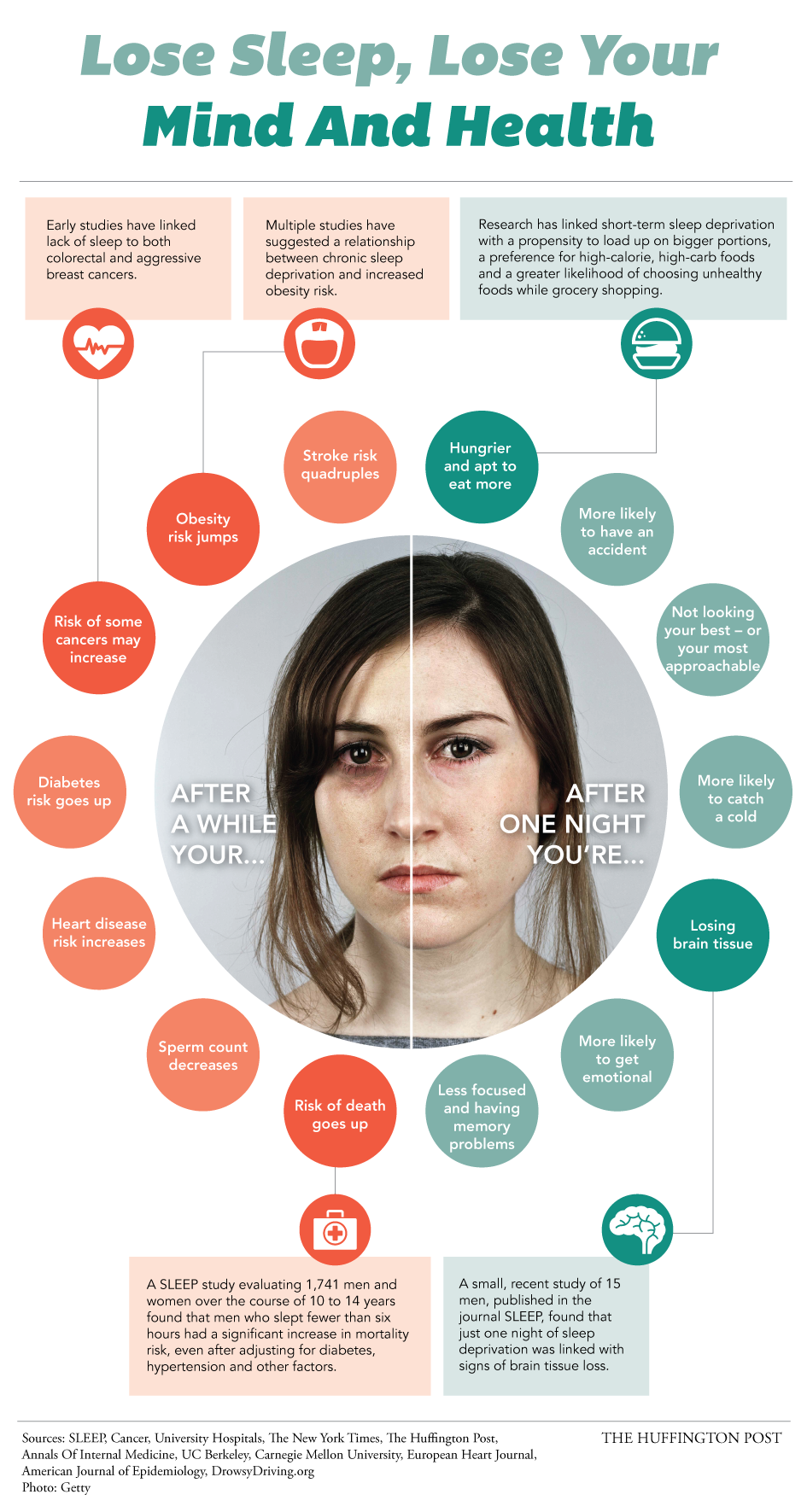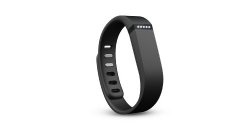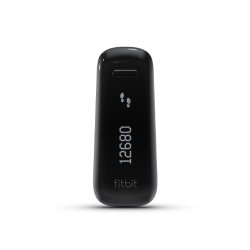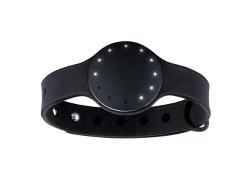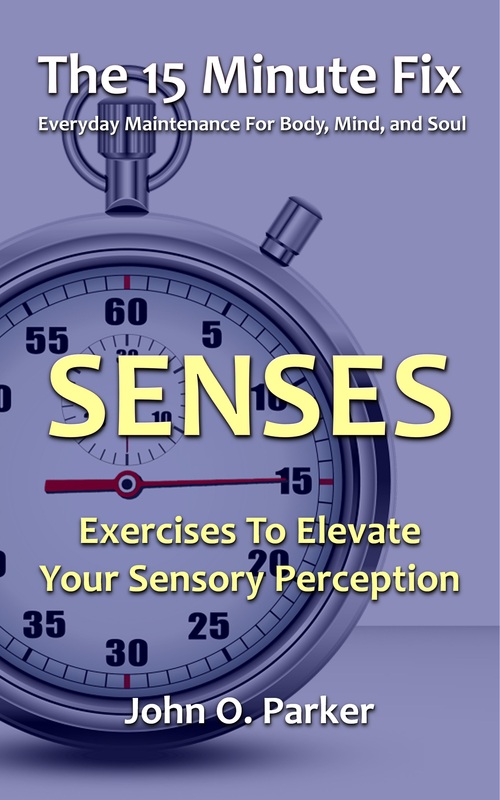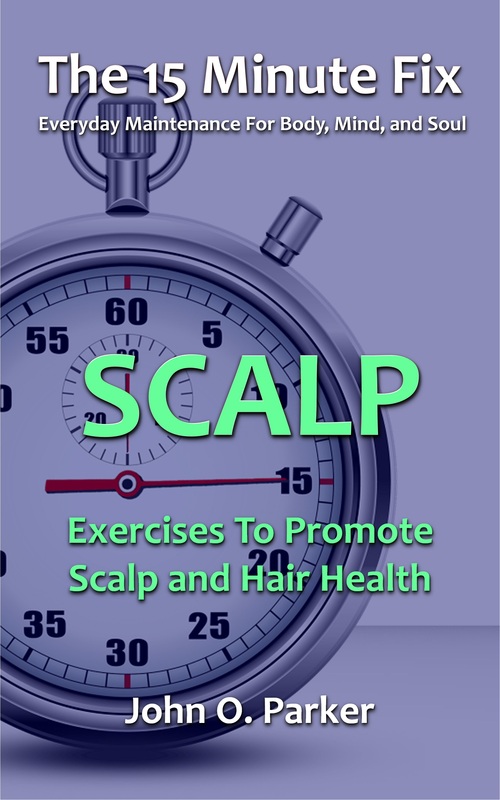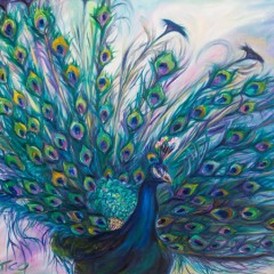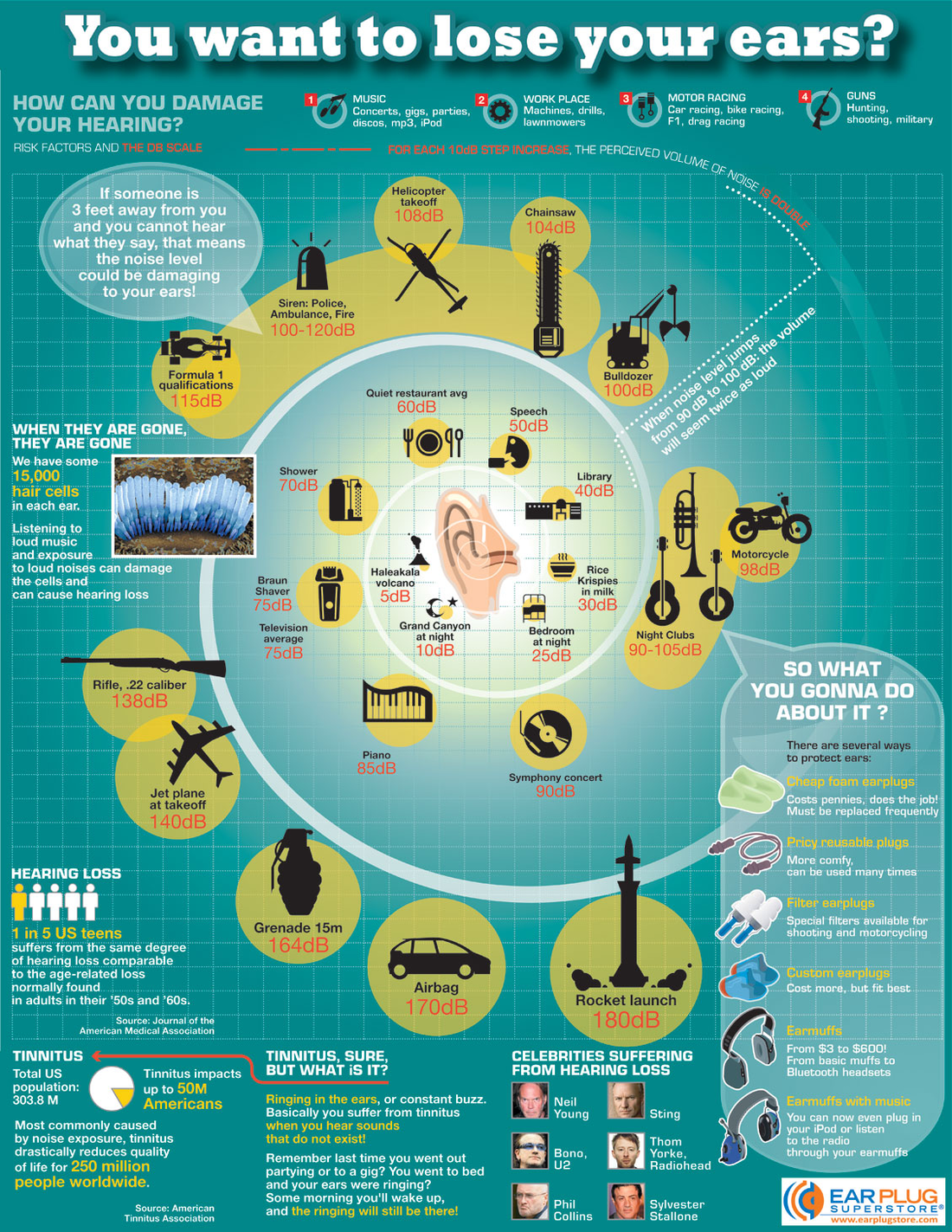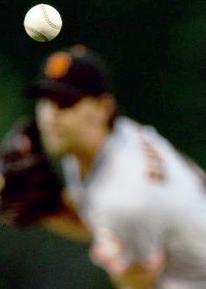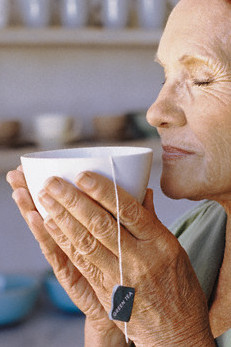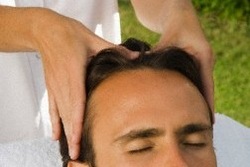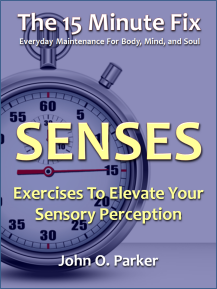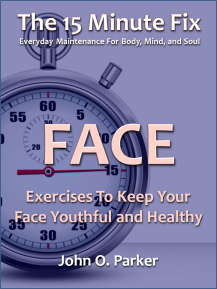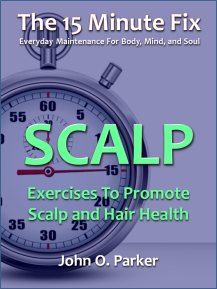This story about how Darek Fidyka, who was paralysed from the chest down as the result of a 2010 knife attack, gives a little insight into how amazing the olfactory system is. Fidyka’s spinal cord was severed, and he had little hope of ever walking again. In an experimental procedure though, doctors transplanted cells from his olfactory bulb (the main smell organ) into his spine, and two years later he has regained some lower body muscle and organ control.
The scientists who discovered this process became interested in the olfactory bulb because olfactory nerves are the only part of the human nervous system known to regrow after being damaged. Having had some experimental success, scientists will begin the long process of researching how best to get access to and utilize these cells (Fidyka had somewhat risky invasive brain surgery and had an entire olfactory bulb removed - not ideal). During this long research process, they will certainly also discover more about the potential of these cells.
Do these cells hold the secret to superior cell generation? Is there a fountain of youth in our noses? Does day to day use of our sense of smell have any impact on the number or quality of these cells? All questions that I am not qualified to answer. All I know is that there is some pretty sophisticated equipment in there, so I encourage you to take good care of it.
Age well my friends....

